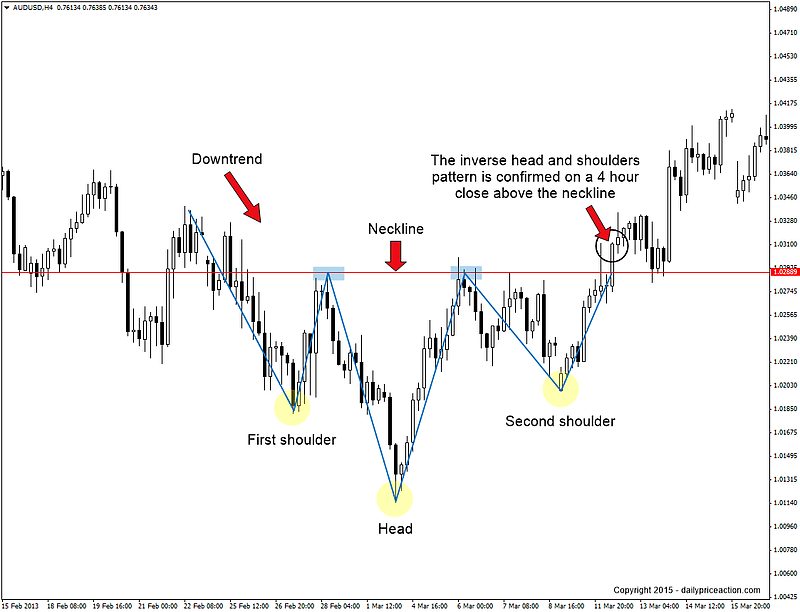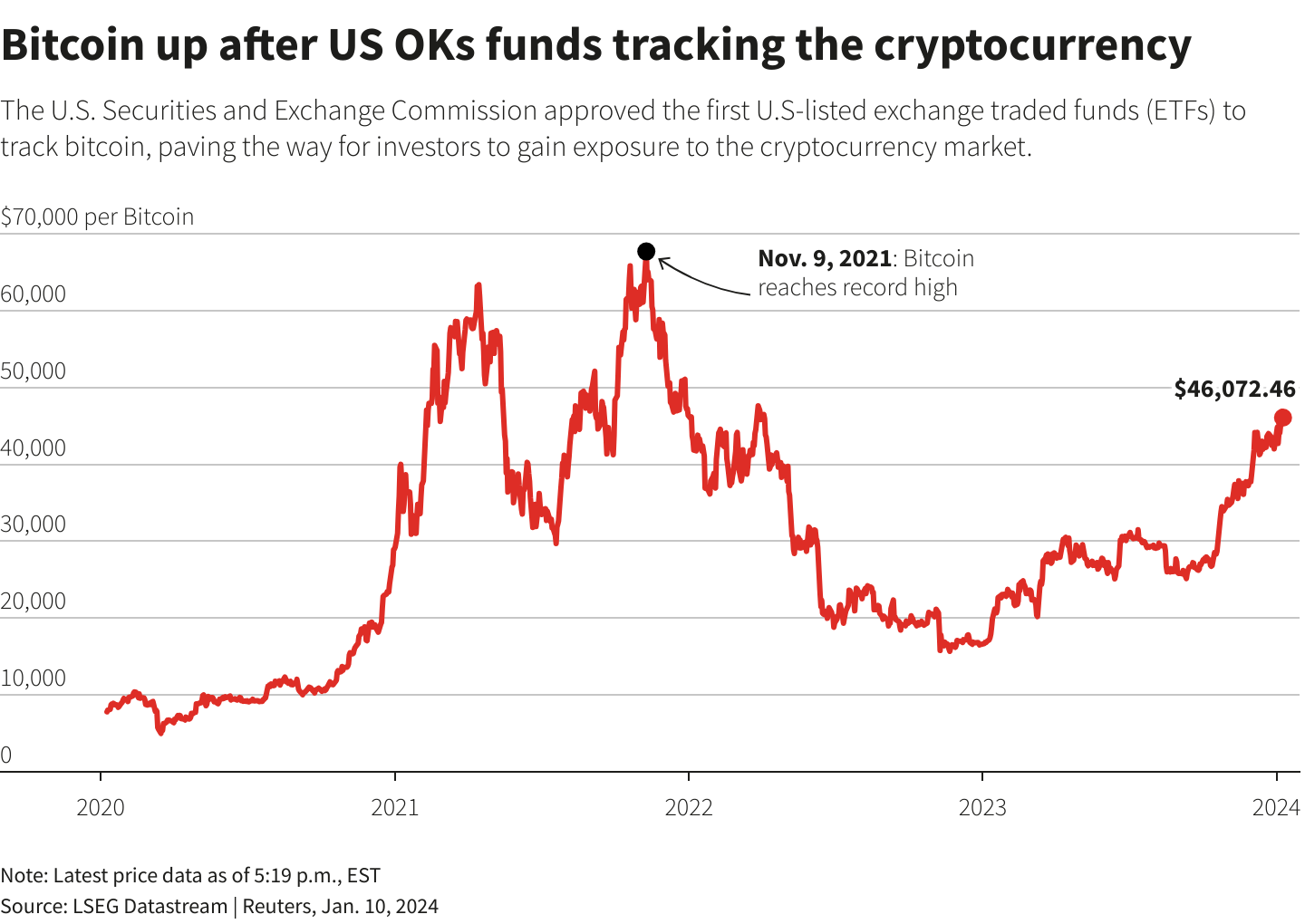Bitcoin reserves on all centralized exchanges have dwindled to an all-time low. The declining amount of Bitcoin reserves on these exchanges represents a growing demand for non-custodial solutions among cryptocurrency holders. Ethereum reserves on these exchanges have also declined to all-time lows.
Bitcoin reserves on centralized exchanges have dropped to an all-time low. According to data from CryptoQuant, centralized exchanges held 2,666,717 bitcoins as of October 13th.
CryptoQuant’s chart indicates that the highest amount of BTC exchange reserves was recorded on 8 June 2022, at 3,361,854 Bitcoin. Since then, reserve levels have been in continuous decline.
Bitcoin and Ethereum exchange reserves drop to all-time lows

The data also revealed that spot exchanges cumulatively hold 1.1 million bitcoins as reserves, while derivative exchanges have 1.39 million bitcoins in their reserves.
According to CryptoQuant, Binance, the world’s largest crypto exchange by trading volume, holds 563,000 BTC in reserves. Kraken has Bitcoin reserves amounting to 112,300. Coinbase Advanced holds 830,530 Bitcoin in reserves, while Coinbase Prime has 3,000 Bitcoin in its reserves.
Some exchanges have recorded increased BTC reserves despite the cumulative declining trend across major exchanges. Bitfinex Exchange has seen an increase in BTC reserves from a low of 244,909 in November 2021 to a high of 401,000 recorded on October 13.
Ethereum reserves on centralized exchanges have also declined sharply to an all-time low of 18.7 million ETH. Data from CryptoQuant suggests that spot exchanges currently hold 8.4 million ETH as reserves, while derivative exchanges have 10.3 million ETH in their reserves.
Ethereum reserves on centralized exchanges hit an all-time high of 2,310,823 on September 6th, 2022, but have also been steadily decreasing. Binance has 3.6 million ETH in its reserves, while Coinbase has 4.5 million ETH in its reserves. Kraken has 1.3 million ETH as reserves.
BTC and ETH investors prefer to hold the assets rather than sell
The declining Bitcoin and Ethereum reserves on centralized exchanges show the growing demand for self-custody solutions. The data also highlights that crypto investors prefer to hold Bitcoin rather than sell.
As more crypto enthusiasts and investors decide to hold the assets under self-custody, BTC and ETH remain less liquid on exchanges, causing a sense of scarcity that ultimately strengthens the assets’ value over time. An increase in centralized exchanges’ reserves clearly indicates higher selling pressure and has coincided with an opposite trend in price historically.
BTC is hovering at the $63,911 price at the time of this publication. The asset hit an all-time high of $73,000 in March this year and has since been trading between the $66k and $49k levels.
The asset has witnessed a correction, but data from the on-chain data intelligence platform Glassnode indicates the number of active addresses sits at 602,000, and transaction volume is high. On the other hand, Ethereum is exchanging hands for $2,464, as per data from Coinmarketcap.





